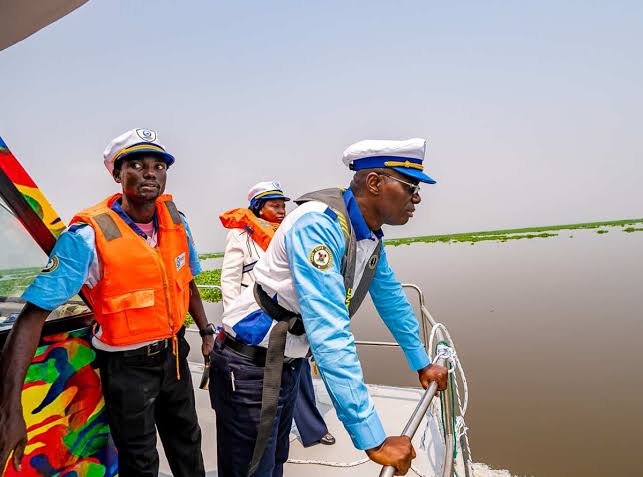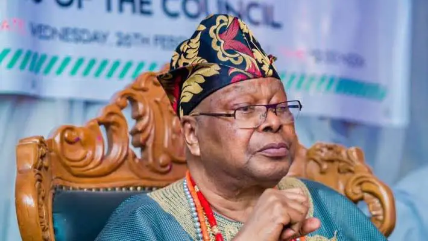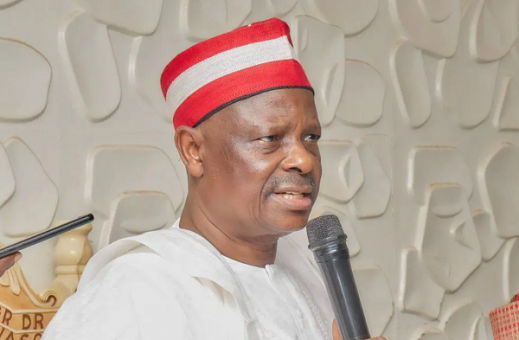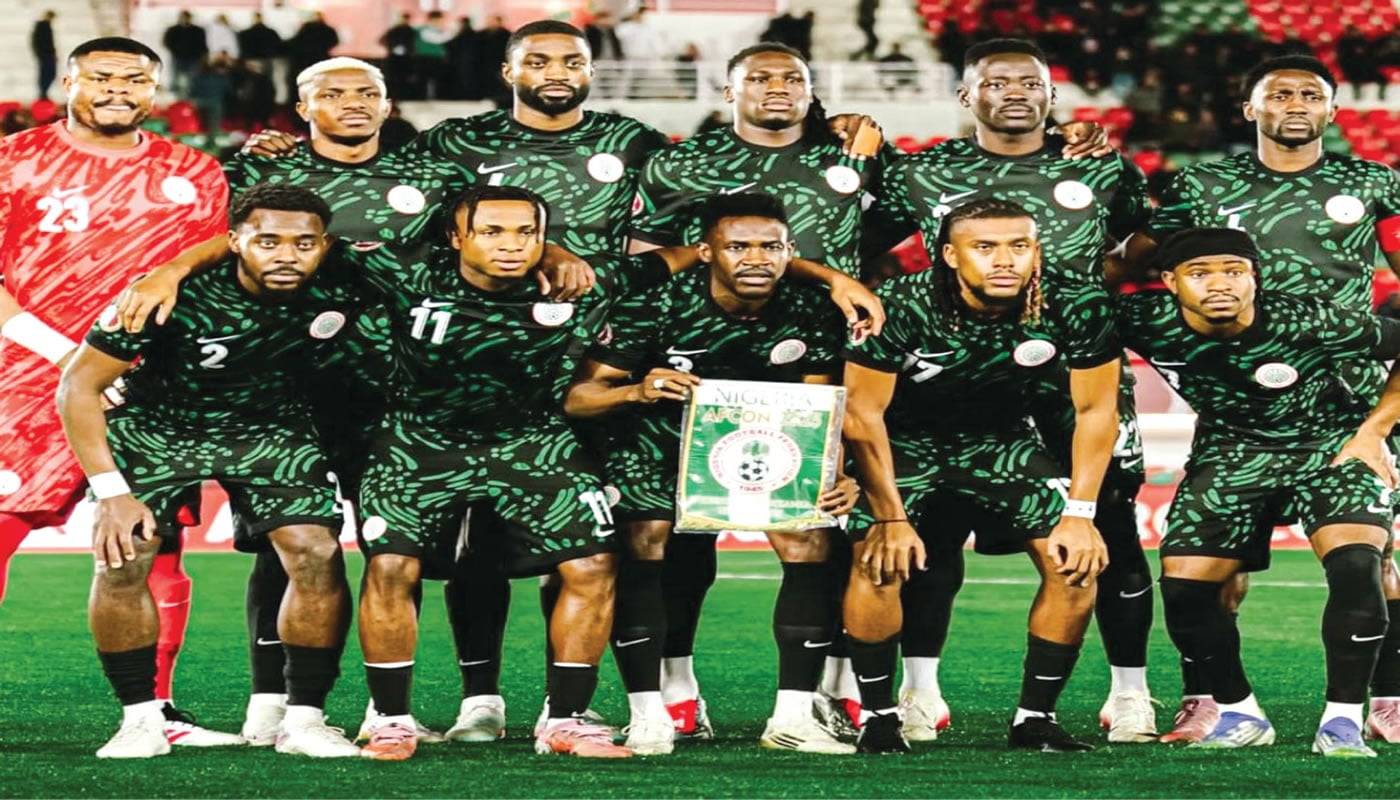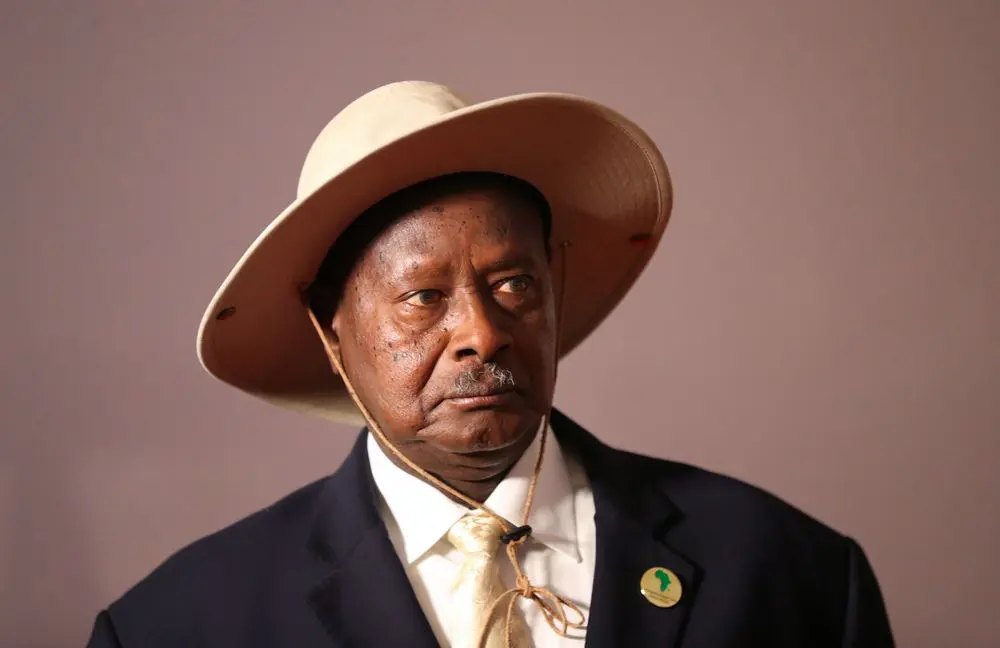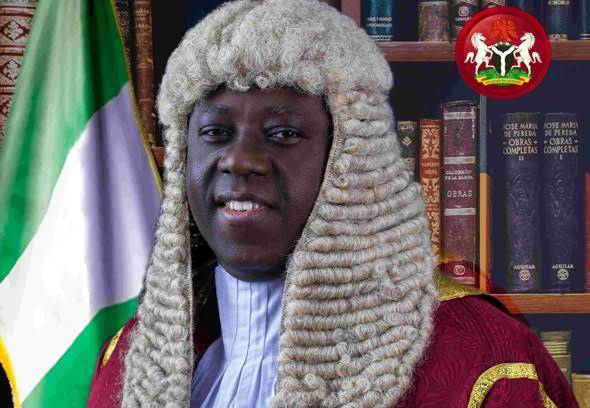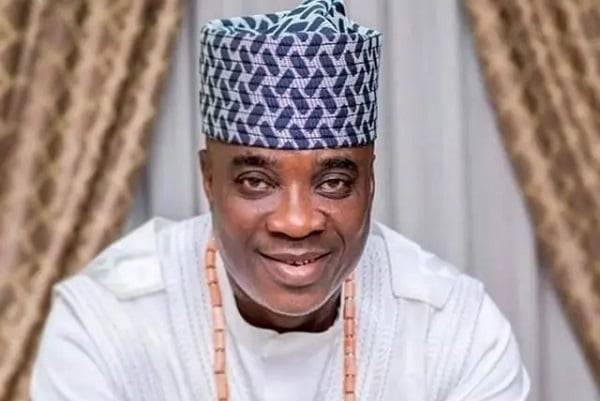By AKEEM ODUSINA
Between February 10, 2020, when the commercial operations of Lagos Ferry Services was launched by Governor Babajide Sanwo-Olu at Badore Terminal, Ajah Eti-Osa, and March 19, 2024, it has been an eventful journey of 1000th day of commuting Lagosians and businesses of Lagos on the inland waterways.
Despite months of lockdown occasioned by the global outbreak of Corona Virus and the destructive #EndSARS protest, the state-owned commercial ferry operator – LAGFERRY- was able to navigate the murky water, positively changed the narratives, berthed technology-driven safe and efficient water transportation model and practically translate the vision of Governor Sanwo-Olu to create a smart-city with functional multi-modal transportation system by optimizing the socio-economic potentials of the natural water bodies in Lagos State, as part of the robust initiatives contained in the Strategic Transportation Master Plan, STMP, marshalled by Asiwaju Bola Ahmed Tinubu, former Governor of Lagos State and current President of the Federal Republic of Nigeria.
Lagos State, the economic hub of Nigeria, faces numerous challenges in its transportation sector. The ever-increasing population, congested roads, and inadequate public transport infrastructure have made it crucial to explore alternative modes of transportation. In recent years, the Government of Lagos State, under the leadership of Governor Babajide Sanwo-Olu, has embarked on an ambitious plan to revolutionize water transportation in the state which has emerged one of the key focus areas for the Lagos State Government.
With a vision of enhancing mobility, reducing traffic congestion, and boosting the blue economy, the government has implemented various initiatives and developments to transform water transportation in Lagos State.
Water transportation has deep historical roots in Lagos State. In the past, the waterways played a crucial role in trade and commerce, connecting various parts of the State and facilitating the movement of goods and people. Traditional watercraft such as canoes and fishing boats were commonly used for transportation, especially in the riverine communities.
However, with the rapid urbanisation and population growth experienced in Lagos over the years, water transportation took a backseat as road networks expanded to accommodate the increasing demand but with the introduction and contributions of Lagos State Ferry Services, LAGFERRY, to the development of the water transportation sector, significant improvement has been recorded.
The origin of water transportation in Lagos State can be traced to the 1970s when Lagos was still the federal capital of Nigeria. Then the Federal Inland Revenue Service, FIRS, operated ferry services to Apapa, CMS, Ebute-Ero and other locations. Later, the state government under the Lateef Jakande administration also came up with its ferry service when it purchased its ferry boats “Baba Kekere” and “Ita Faji” and operated from Mile 2 to Apapa, CMS, Elegbata (Ebute-Ero).
Governor Babatunde Fashola Commissioned and operated ferry services from the following Terminals: Ebute Ojo Terminal (Now Sifax Terminal), Ipakodo Ferry Terminal (Ikorodu), Badore Ferry Terminal and Osborne Ferry Terminal, with two units of 54pax aluminium boats; while Gov Ambode Commissioned Ilaje Bariga Waterfront Terminal with four Units Catamaran Boat with one Car Barge (Adimu Orisa)
Today, under the Governor Sanwo-Olu’s administration, the re-invigorated Lagos Ferry Services (LAGFERRY) is running water transport in 24 routes from 16 terminals/jetties with 19 commercial boats; while government is rehahibilitating and constructing 15 new terminals/jetties across the state, dredging of routes, channelisation removal of wreckages and water hyacinths, etc.
The primary objective of LAGFERRY is to provide safe, efficient, and reliable water transportation services to the people of Lagos.
The vision is to be the go-to model and alpha solution provider in the business of water transportation which is in consonance with the Lagos State T.H.E.M.E.S PLUS Agenda of the Governor Sanwo-Olu’s administration, aim at enabling intermodal movement options and promotion of commerce and tourism, through the provision of safe efficient and technologically-driven ferry services manned by competent workforce to ensure environmental sustainability.
Hence, Mr. Governor’s vision for water transportation in Lagos State is to create an efficient, reliable, and sustainable mode of transportation that meets the needs of the growing population.
By completing strategic projects and leveraging technological innovations, the aim is to make water transportation an attractive option for commuters and optimize the blue economy potential of Lagos’ waterways. Lagos State blessed with vast water bodies, including the Atlantic Ocean, lagoons, and creeks, the state government prioritized the development and utilization of these waterways, leading to a significant increase in the availability of routes for water transportation.
Governor Sanwo-Olu’s passion for improving water transportation is evident in his commitment to creating an integrated multi-modal transport system that seamlessly connects road, rail, and water transportation as encapsulated in the THEMES PLUS agenda.
By promoting water transportation as a viable alternative to road transport, he aims to ease traffic congestion and significantly reduce travel time for commuters. Under his leadership, the Lagos State Government has demonstrated unwavering commitment to transforming water transportation by allocating substantial resources and implementing comprehensive policies and projects.
This commitment is driven by the belief that efficient and sustainable water transportation is vital for the economic growth and development of Lagos State, which LAGFERRY has proven to be the key driver of this vision. To achieve the vision of transforming water transportation, Governor Sanwo-Olu has assembled a team of experienced and dedicated professionals.
These individuals, including experts in maritime affairs, transport, and urban planning, work together to comprehensively assess the existing infrastructure and bottlenecks as well as collaborated with various stakeholders to identify the key challenges and develop strategies for improvement.
This process involved consultations with experts, public hearings, and a detailed feasibility study to execute the government’s plans effectively and efficiently thus paving the way for the blue economy.
•Odusina is the Public Affairs Officer, LAGFERRY


